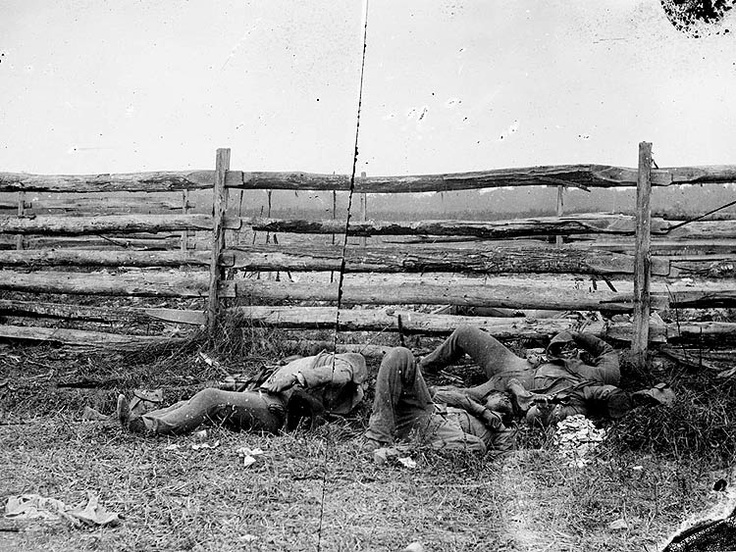Voices of the Maryland Campaign: September 19, 1862
As the darkness descended on September 18, the Army of Northern Virginia began to stir, using its cover to slip away, back across the Potomac River. It brought as many of its wounded and supplies with it as it could, but ultimately some had to be left behind. This movement, however, was not the end of the campaign. While Lee left a rearguard force under William Nelson Pendleton downstream from Shepherdstown to guard the crossing point, he planned to swing the rest of the army north to Williamsport, recross the Potomac River, and look for another fight near Hagerstown.

When the Army of the Potomac advanced this morning, they discovered the Confederate positions empty. Federal cavalry searched towards the river looking for Lee and found him when they came under fire from Pendleton’s guns on the bank of the river. An artillery duel ensued there all day. At dusk, a small Federal force crossed the ford and scattered Pendleton and his rearguard. A panicked Pendleton reported back to Lee that the Federals captured all 44 guns of the rearguard. Lee, startled by these developments, put the brakes on his army’s reentry into Maryland and sent much of it back towards Shepherdstown to swat away the Union incursion in his rear.
Those Unionists that did not pursue to the river were left to deal with the grisly task of burying the dead of Antietam. Many Union soldiers, often the vanquished, had never experienced the aftermath of a battle on this scale before. It was haunting for many, as remembered by the 6th Wisconsin’s Rufus Dawes years later.
The piles of dead on the Sharpsburg and Hagerstown Turnpike were frightful. The “angle of death” at Spotsylvania, and the Cold Harbor “slaughter pen,” and the Fredericksburgh Stone Wall, where Sumner charged, were all mentally compared by me, when I saw them, with this turnpike at Antietam. My feeling was that the Antietam turnpike surpassed all in manifest evidence of slaughter. When we marched along the turnpike on the morning of September 19th the scene was indescribably horrible. Great numbers of dead, swollen and black under the hot sun, lay upon the field. My horse, as I rode through the narrow lane made by piling the bodies along beside the turnpike fences, trembled in every limb with fright and was wet with perspiration. Friend and foe were indiscriminately mingled.
